This rapier is a transitional piece between the ending 17th century and the beginning of the 18th century. It is a precursor of strong cavalry swords used during the the first third of the 18th in the Spanish army.
BLADE: Strong 6-sided blade. We have not here tin hand a rapiers with thin blades intended for duelling, that one is is a weapon made for the combat.
An arrow-shaped punchmark is clearly visible on the ricasso, inside the guard, and on the other side of the same ricasso, a mark which is perhaps a signature, but which I cannot read. .. T
The blade of course shows signs of oxidation. It is particularly sharp.
Blade length = 93 cm Width near the hilt = 36 mm thickness near the hilt = about 6 mm
GUARD: This is the variant of the "Shell" guard that is called "Horse mouth" (boca de caballo)
Two large curved shells protect the hand. Four large screws go through the guard and are attached to the branches of the large "pas d'âne" (finger rings protection)
Cross guard with inverted quillons in 'S " shape .
The guard branch ends near the base of the pommel without being attached to it.
POMMEL : solid glogulous, flat round shape pommel
GRIP :wooden, twisted and covered with a triple twistedwire filigree, in very good condition. Twisted filigree turk's heads in perfect condition.
This grip assembly is typical of what we find on much older rapiers.
One can therefore think that this archaism was a deliberate choice, at a time of transition, from of an officer, a nobleman (obviously) serving in the royal army, who probably wished a frame with a traditional appearance while accepting the practicality of modernity for the blade and the hilt of its sword.
Beautiful object, steeped in history. Beautiful patina.
(Ref E-22)



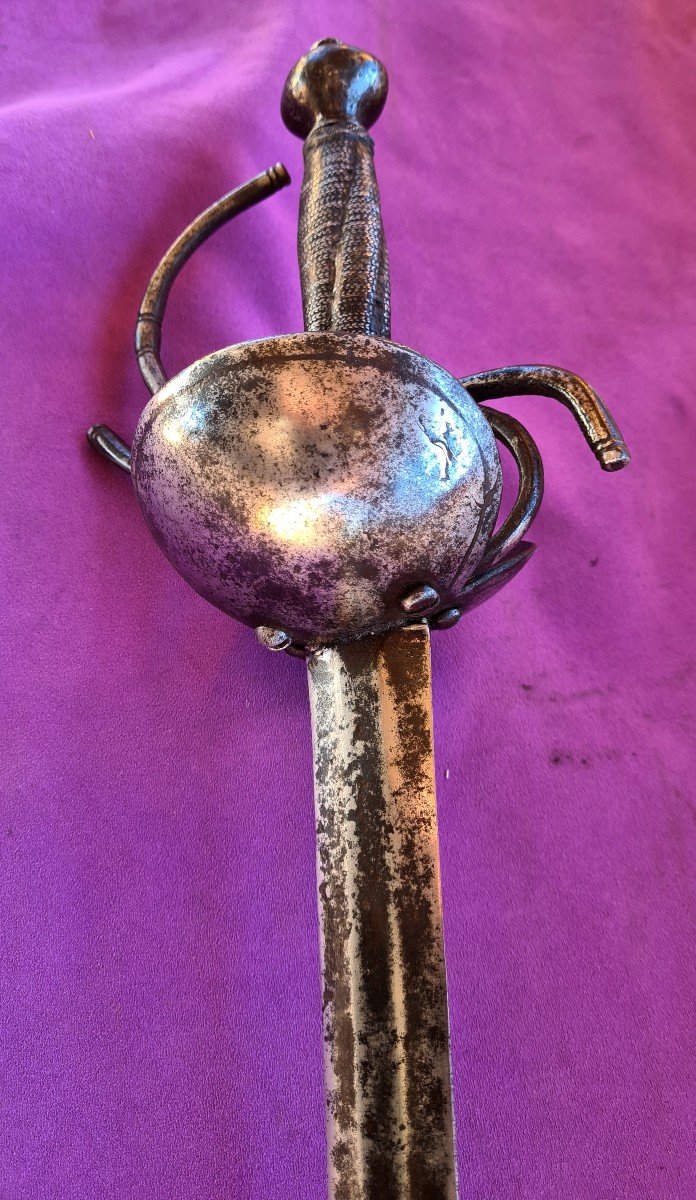
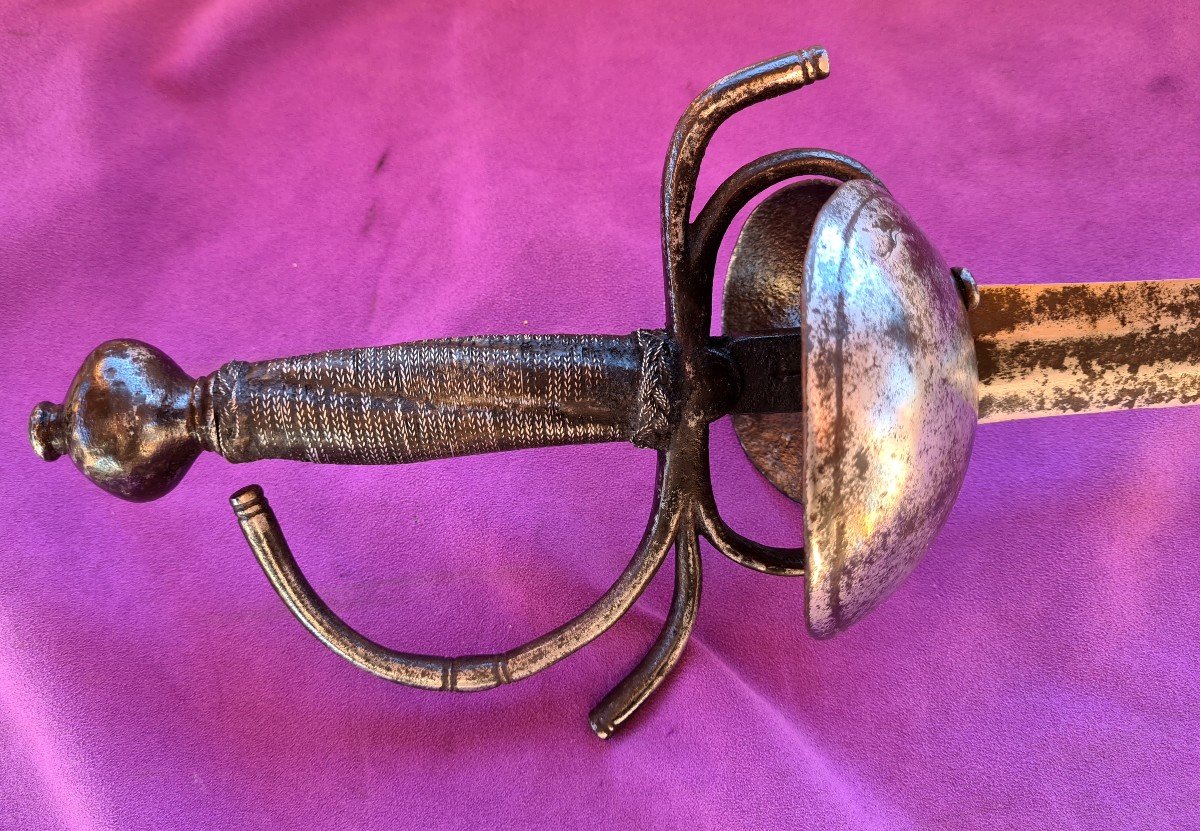

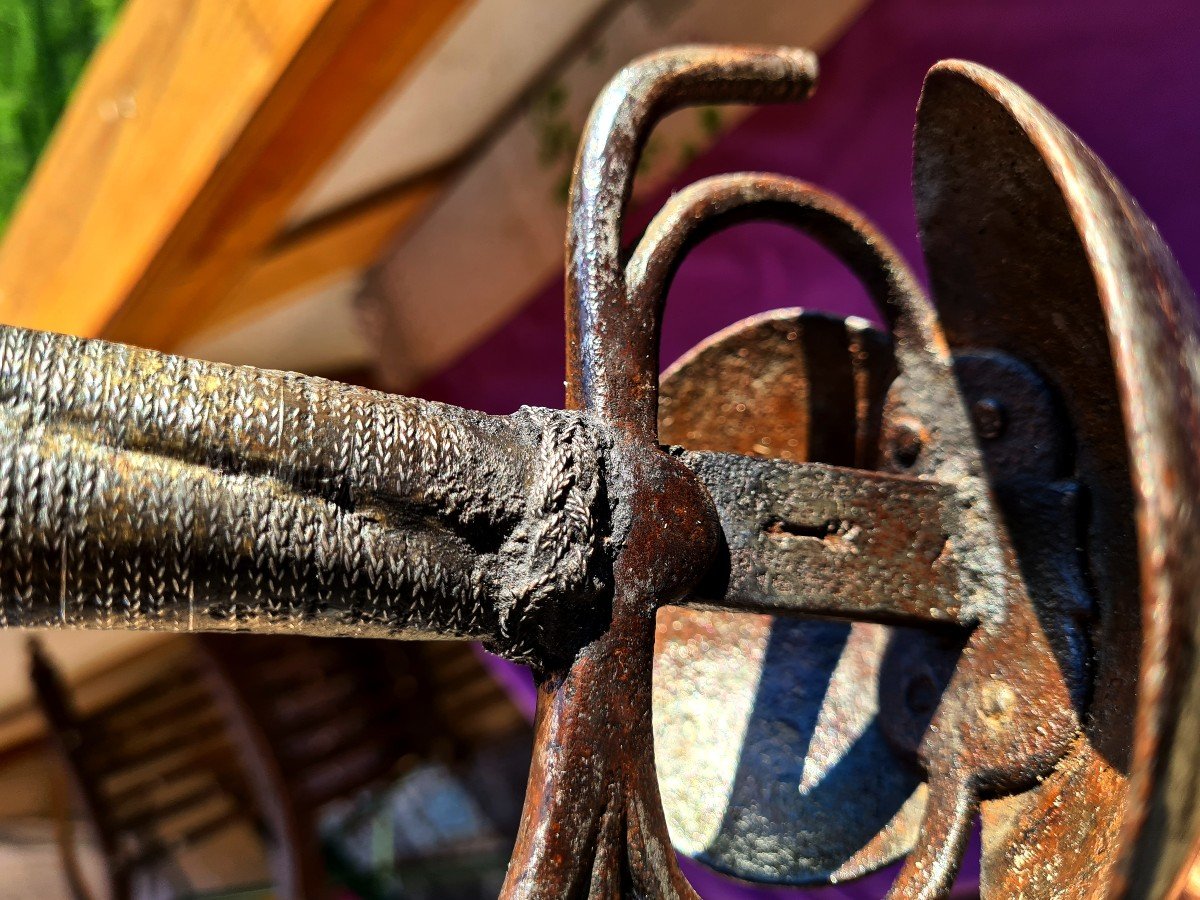
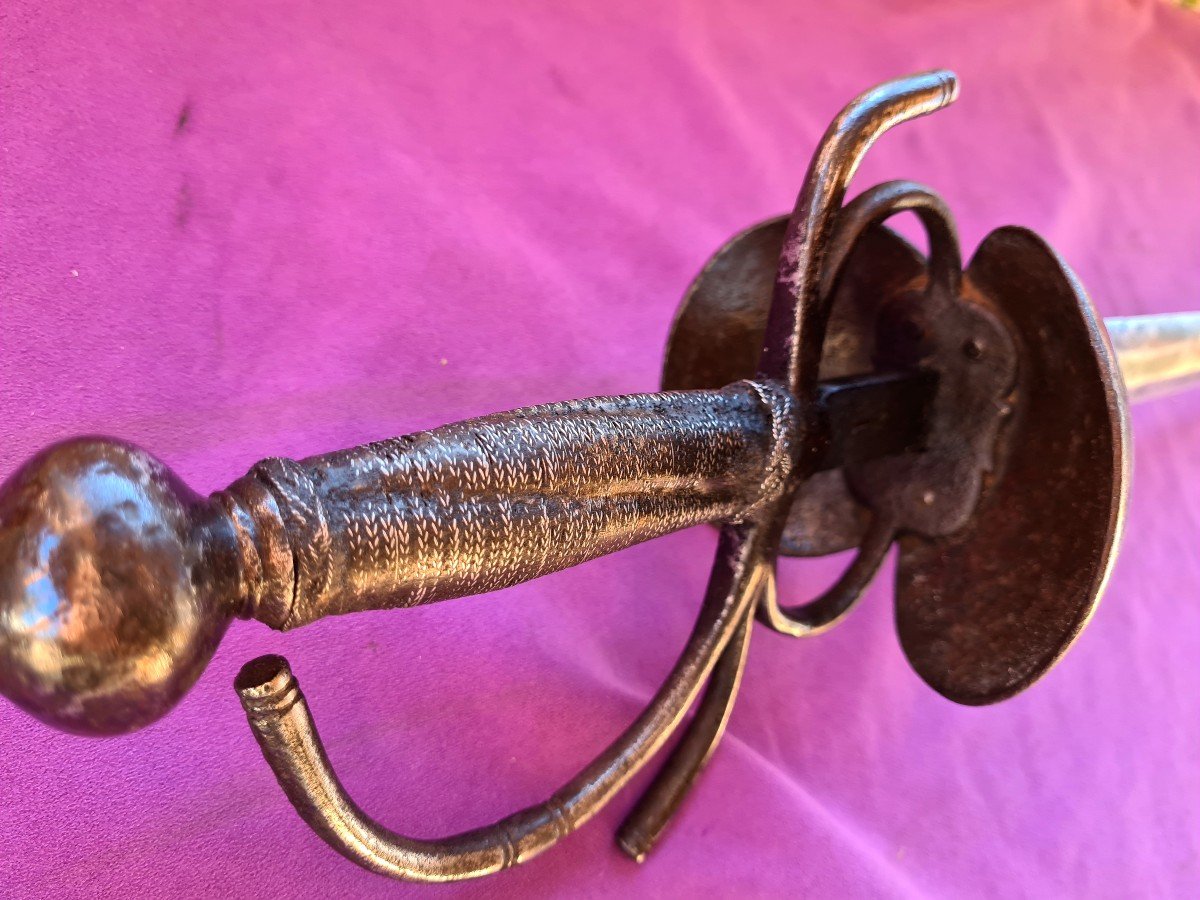

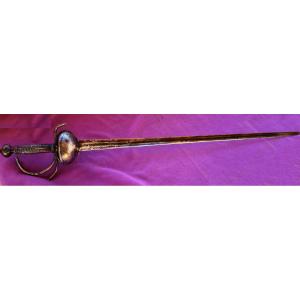








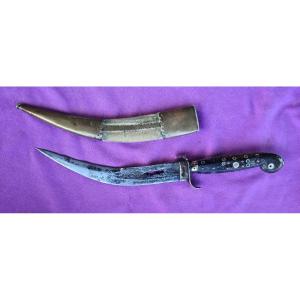


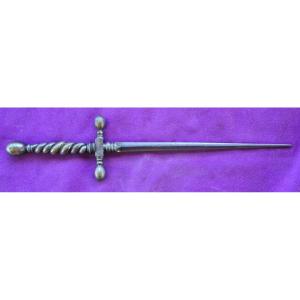
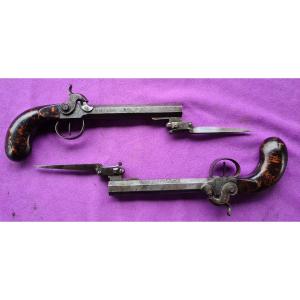






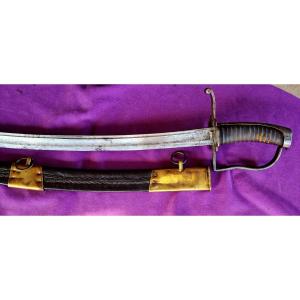

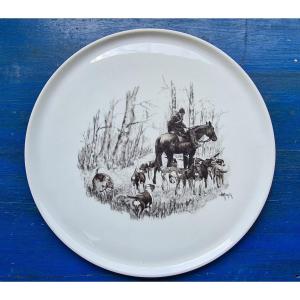

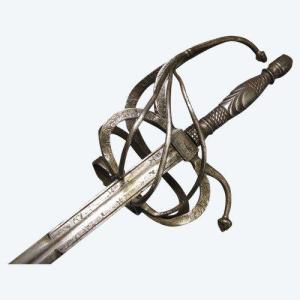
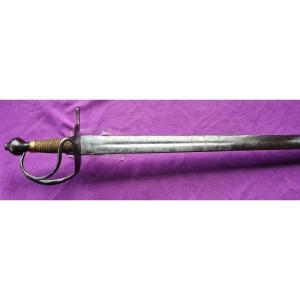
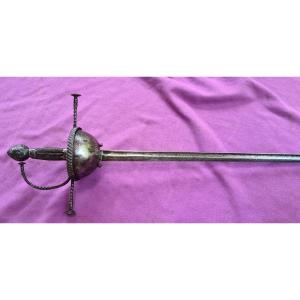



 Le Magazine de PROANTIC
Le Magazine de PROANTIC TRÉSORS Magazine
TRÉSORS Magazine Rivista Artiquariato
Rivista Artiquariato